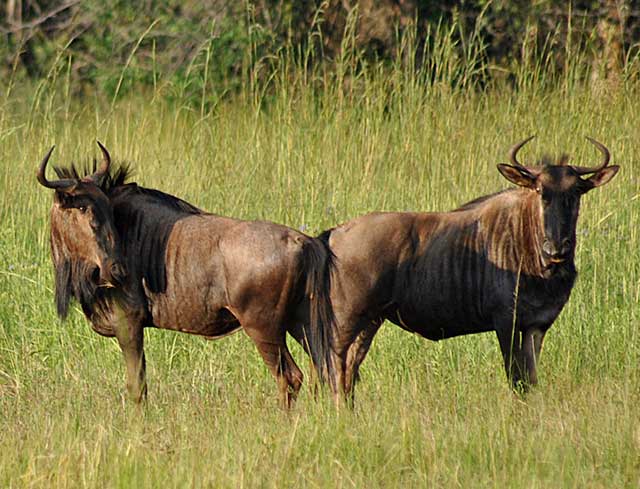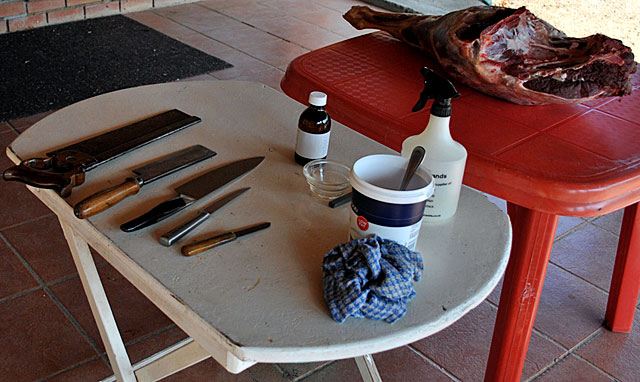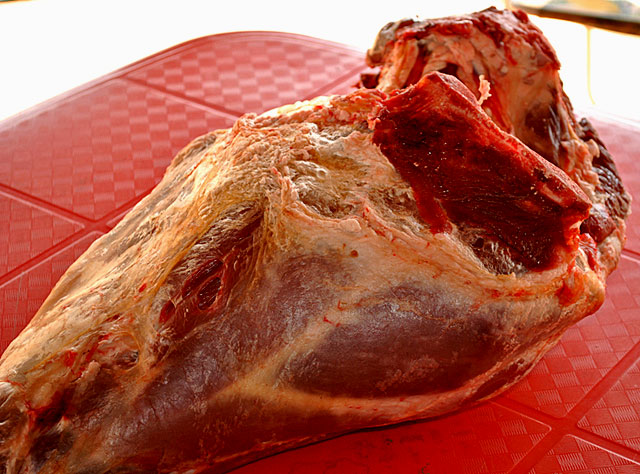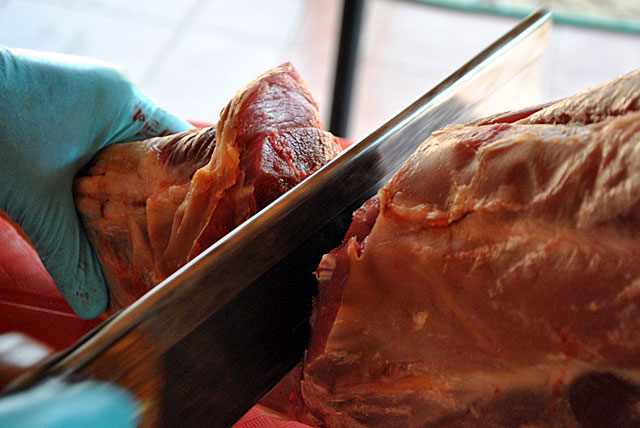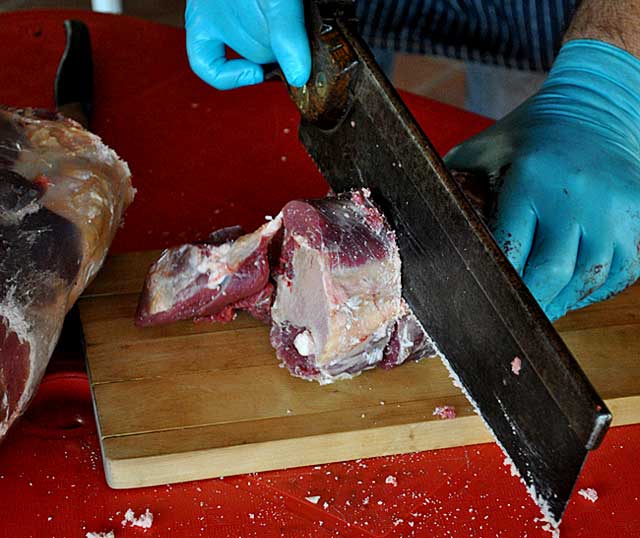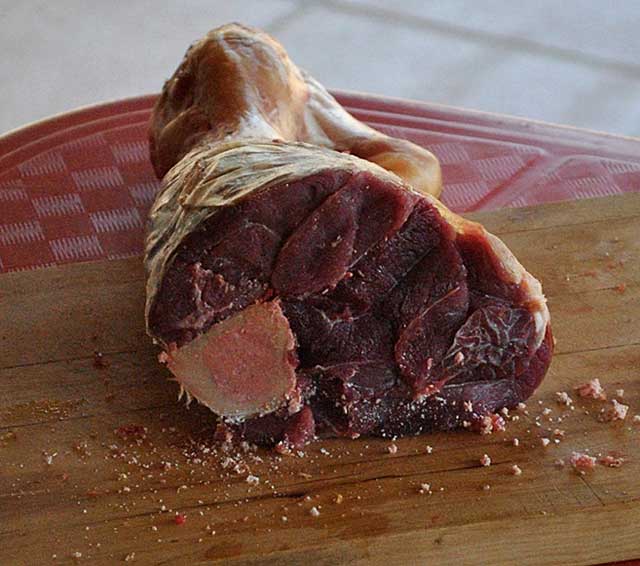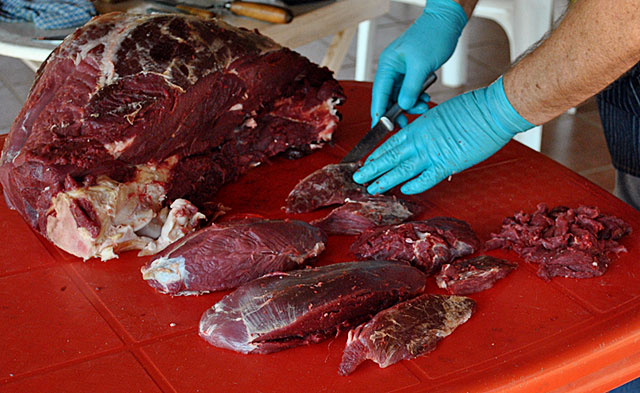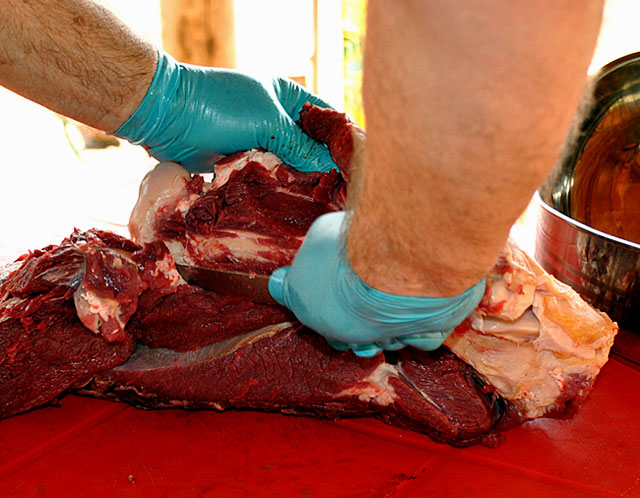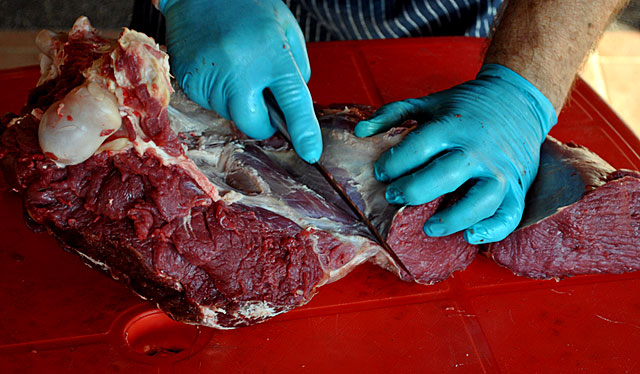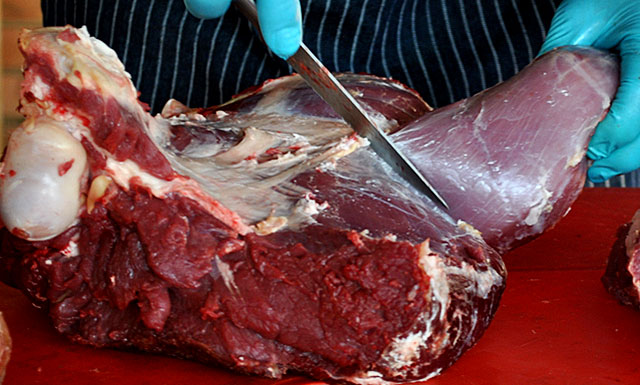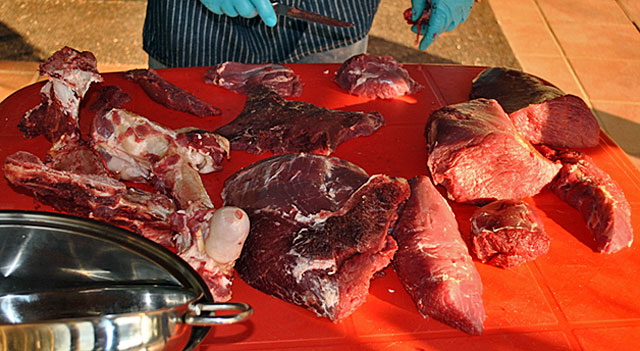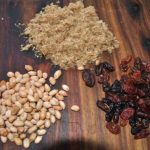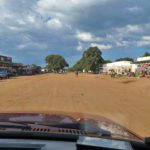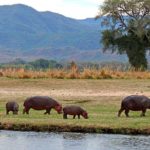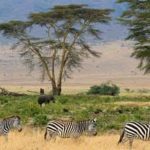Waste Not Want Not
Venison, Food for Kings
Venison brings to mind the story of Jacob and Esau (from the Bible) and how a small piece of meat changed the course of history for God and man. Isaac had all the domesticated animals one man could wish for but when it came to an exceptional occasion, he longed for venison as a special treat. Although unbeknownst to him, he had goat instead.
Venison is prized, around the world, as a delicacy, as it was for the men of the Bible, over 4000 years ago, and so should it be. It’s the healthiest meat to eat by far – grass fed and no antibiotics or hormones. And it brings out a cook’s abilities like no other meat can. It is said, if you can prepare and cook venison correctly, you can cook anything to anyone’s satisfaction.
Some of our best venison was had when living in the highlands of Scotland. If you are from any part of Africa, you might not be aware that venison is far more available in Europe and America than it is here. Not far from Dunoon, Scotland, is a well-known venison butcher who really knows his deer meat. I, being African, was told a little story about British hunting ethics.
“Do you know why we Europeans wear a stalking suit and tie when we go hunting?”
I must confess, it looked a bit dumb in my opinion, so I quietly retorted,
“No, in fact, I don’t know why!”
“It’s as a mark of respect to the animals we are going to kill for our food.”
Apparently, this has been done for as many years as can be remembered and it makes one wonder where this honored practice actually came from. Having lived and worked with Kalahari Khoisan (Bushman) people, I observed very similar practices of reverence and gratitude given to the hunted animal as to what I observed in Europe.
Now, here you have a much-revered, wildebeest hind leg being mutilated by yours truly. No, I never shot it! I was asked to cut it up for a friend, who had bought this leg from a game farmer and didn’t have a clue as how to butcher it. Although he loved venison, he grew up in the city without the knowledge of meat preparation in the raw.
This is my version and I am sure some people will find it useful, seeing it’s now hunting and biltong making season. We make our biltong mostly from the fillet – rugstring – cuts but here are the hindquarter cuts, which are also suitable. We ourselves do not char-grill any bush meat and what I have cut here is to be pot-roasted, stewed or braised. Although moist cooking venison is my favorite, any of these cuts can be used for either biltong or char-grill if you like. An important requirement is to make sure the animal, whose meat you buy, has been well-bled.
Here we have the simple version of venison, bushveld-style, on the cheap. Tell a bush man he can’t have venison and you banish him from the fruits of nature.
Tools of the Trade
Apart from two clean tables, you will need a sharp saw that you can scrub down – this is an antique, 1880’s Kangaroo symbol, Robert Sorby, Sheffield tenon saw – in case you’re an antique tool collector! Next, a good meat cleaver, a large butchers knife, a paring knife and an all-rounder. You will also need a spray bottle, filled with 10 vol – 3% – hydrogen peroxide, a bottle of organic castor oil, fridge/freezer bags, a cutting board and a large stainless steel pot, as well as a pair of blue neoprene gloves. If you are working outside, don’t forget the standing-fan, for blowing away flies and bugs while you cut, assuming you have electricity.
Before you begin cutting, remove all fat from the outside of the leg. Fat from beef is palatable but from venison it is rancid tasting.
First cut the shank from the thigh so you have freedom of movement.
Start to cut up to and around the bone with a butcher’s knife. This will clear any meat from getting into your saw teeth.
Always use a wood block to saw on. This is an old unused cutting board for this purpose.
This portion makes a very good braised shank. No lardooning is necessary here, unlike with the mock venison. The shank will always taste more gamy because of the bone and fat present, making it hard for some palates not accustomed to venison.
I have finished processing the upper thigh into portions, as you see them here. There are always areas of fragmented meat which is simply used for stewing.
Here you locate the bone and cut down from the hip joint towards where the shank was located.
Segmenting is your next process. Remember to cut along the obvious sinew lines separating the complete meat segments from top to bottom into easily usable forms of cooking meat. How much further you want to cut up the segments is your choice.
A better detailed image, showing how your cuts should go. It is important to mention, that I always make sure to remove any fat as I go along.
You can’t see here but all the meat has been sprayed with peroxide. Now, begins the packing for the fridge and freezer, into the bags. This includes all the meat prepared before this lot, on the other table, including what you see here. Pour the castor oil into a small bowl and using your fingers, dip and rub down all your meat pieces before putting then into the freezer bags. Apart from keeping your meat in good condition, this will also help to separate pieces after freezing. The oil also conditions the outer meat layers for better cooking. This story came about by way of a request. Happy eating.
The following video is a professional at work, which I think you may need.
Video Run Time: 8:13 min

